Troubleshooting Wilting Succulents – Reasons For Drooping Succulent Plants
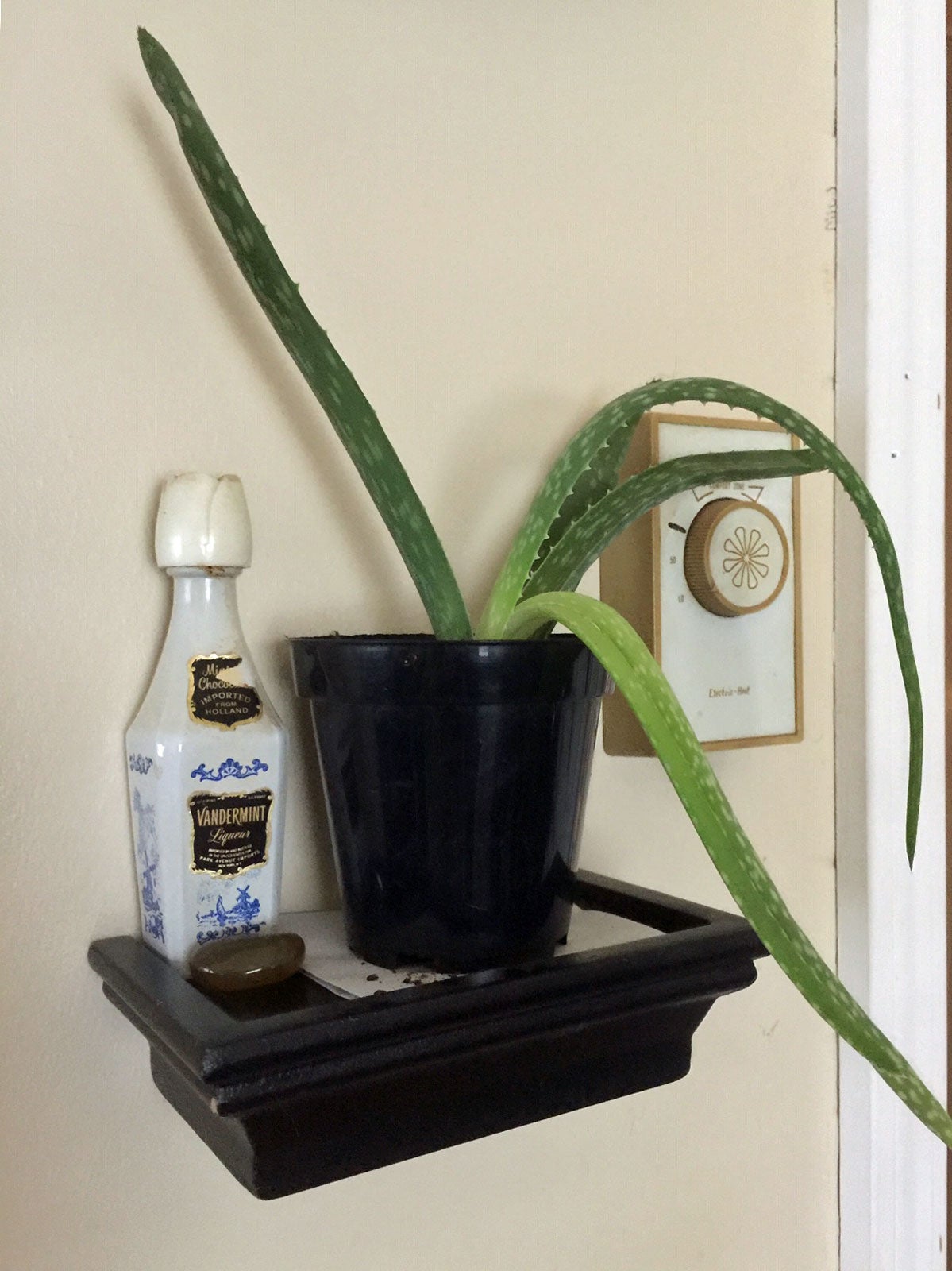

Succulents react differently than other types of plants when they are too dry. Drooping succulent plants do occur, but there can be other signs of excessive dryness as well. Once you observe a succulent with droopy leaves, the soil has been so dry that you will need to take special steps to rehabilitate your plant.
Don't despair, these are tough plants and can usually bounce back to good health quickly.
First Signs of Overly Dry Succulents
One of the easiest groups of plants to grow are succulents. Wilting succulents are an expression of extreme dehydration. Droopy leaves on succulent specimens mean the soil has been dry as a bone for quite some time. These plants can tolerate long periods of drought, but they do need moisture to thrive. When succulent leaves are drooping, it is time to act.
Before you ever see wilting succulents, you can observe signs of a parched plant in its leaves. Succulents store moisture in their thick leaves or pads. When the plant is dried out, the leaves will pucker.
Other signs the plant is experiencing water stress are dropping leaves and changes in leaf color. A plant with the proper moisture levels will have chubby leaves that are held erect or firmly on stems. You can judge plant health by gently pressing on the leaves. They should be firm yet gently yield.
What to Do for a Succulent with Droopy Leaves
If succulent leaves are drooping, the plant may need special attention. If a finger inserted into the soil detects no moisture, the problem is dryness. However, if it is wet, the problem may be something else.
Obviously, when dry, the soil needs moisture at the root level. If you simply water onto the surface of the soil, it will only work to hydrate shallow rooted plants. For those in smaller containers and with shallow root systems, it is best to soak the container. This will bring moisture up to the roots by capillary action and prevent the stem from becoming overly wet, which could cause rot.
Gardening tips, videos, info and more delivered right to your inbox!
Sign up for the Gardening Know How newsletter today and receive a free copy of our e-book "How to Grow Delicious Tomatoes".
How to Prevent Drooping Succulent Plants
The droopy leaves on succulent plants can also be a sign of disease, improper light, or nutrient deficiency. If you determine it is low water, follow the steps above. Once the plant is perky again, start a regular watering schedule.
If you are unsure when to water, get a moisture meter. Remember, smaller containers dry out more quickly, as do plants in full sun in dry regions. In-ground plants in gritty soil will also become dehydrated faster than those in a higher percentage of loam. The type of soil is important so that excess water drains quickly but enough is retained for the plant.

Bonnie Grant is a professional landscaper with a Certification in Urban Gardening. She has been gardening and writing for 15 years. A former professional chef, she has a passion for edible landscaping.
-
 Looking For Plants To Give You The Soft And Fuzzies? Try These 5 Fuzzy Leaf Plant Options
Looking For Plants To Give You The Soft And Fuzzies? Try These 5 Fuzzy Leaf Plant OptionsLovers of texture, drama, silver foliage and tactile plants will adore these special sensory garden additions. These fuzzy leaf plant options will leave you all aglow
By Susan Albert
-
 Get Ready For A Summer Of Hummers! Grow These Full Sun Hummingbird Plants and Flowers
Get Ready For A Summer Of Hummers! Grow These Full Sun Hummingbird Plants and FlowersIf you’re lucky enough to enjoy a sunny backyard, make sure you are maxing out on your pollinator opportunities and grow these full sun hummingbird plants and flowers
By Tonya Barnett
-
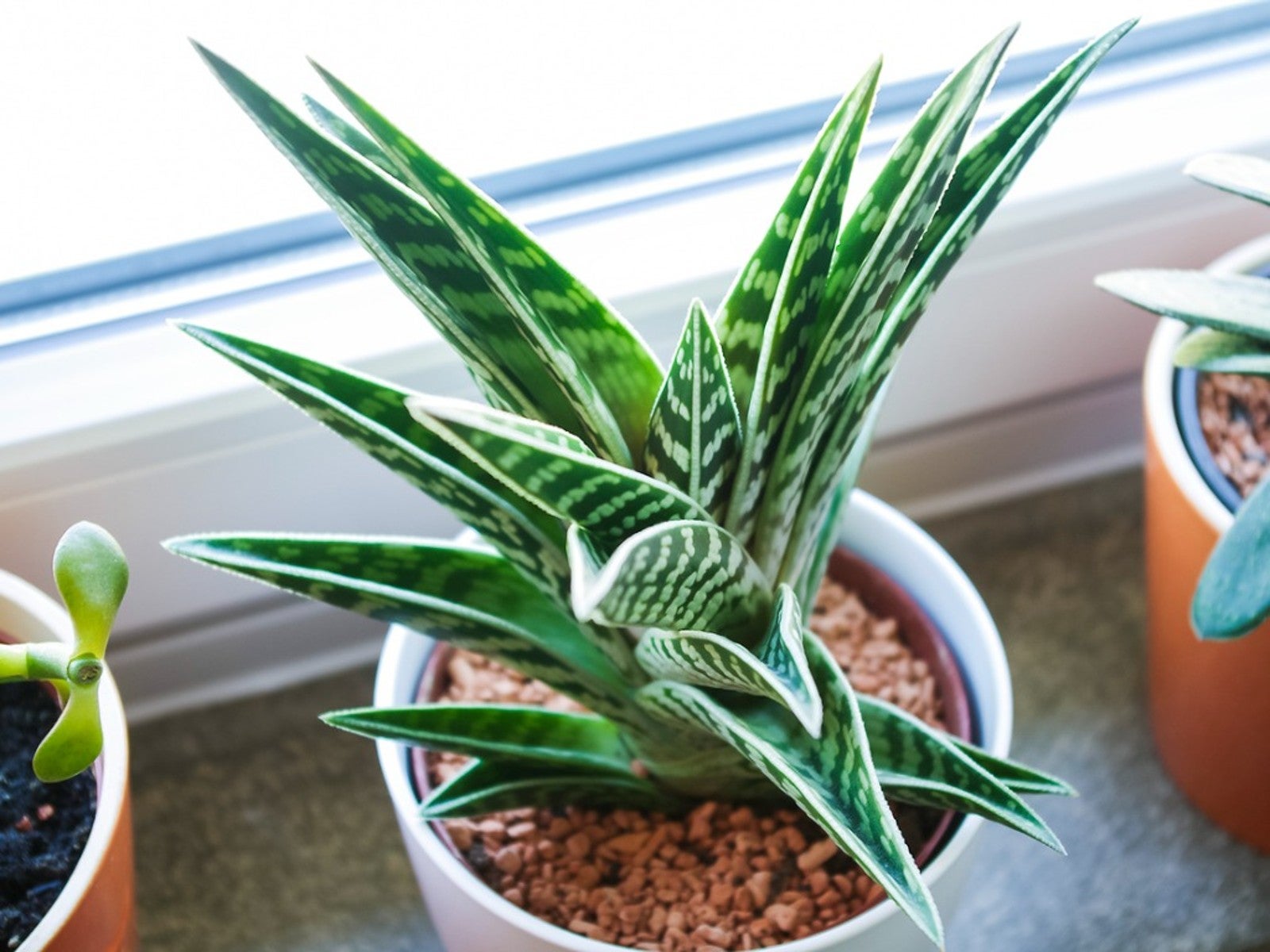 Variegated Succulents To Add To Your Plant Collection
Variegated Succulents To Add To Your Plant CollectionRead about some of the pretty variegated species that add beauty and interest to your succulent collection.
By Becca Badgett
-
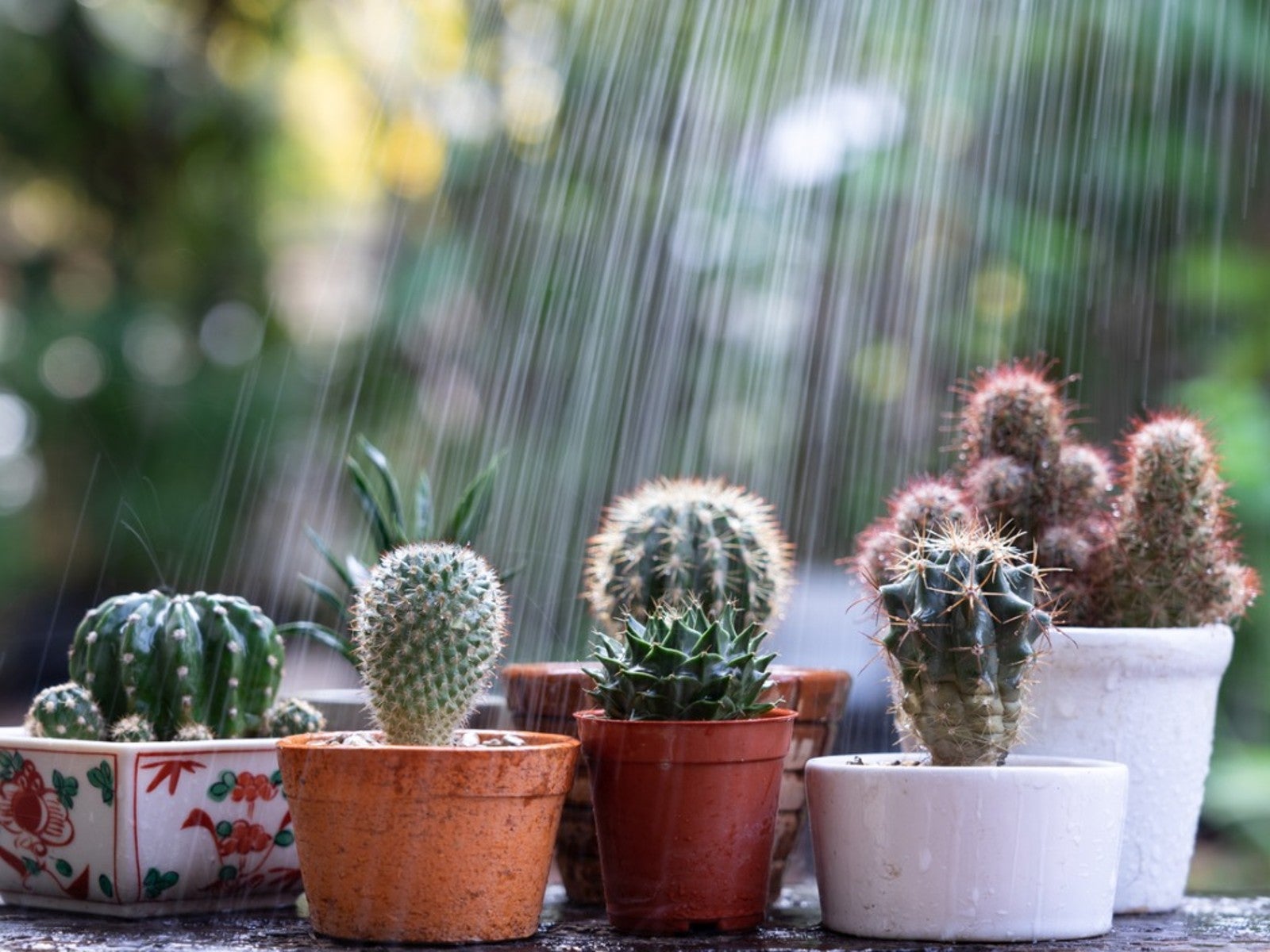 How To Protect Succulents And Cacti From Rain
How To Protect Succulents And Cacti From RainRain has the potential to cause damage to our cacti and succulents. However, when planted in proper soil, rainfall may perform as just a deep watering. Read on for more.
By Becca Badgett
-
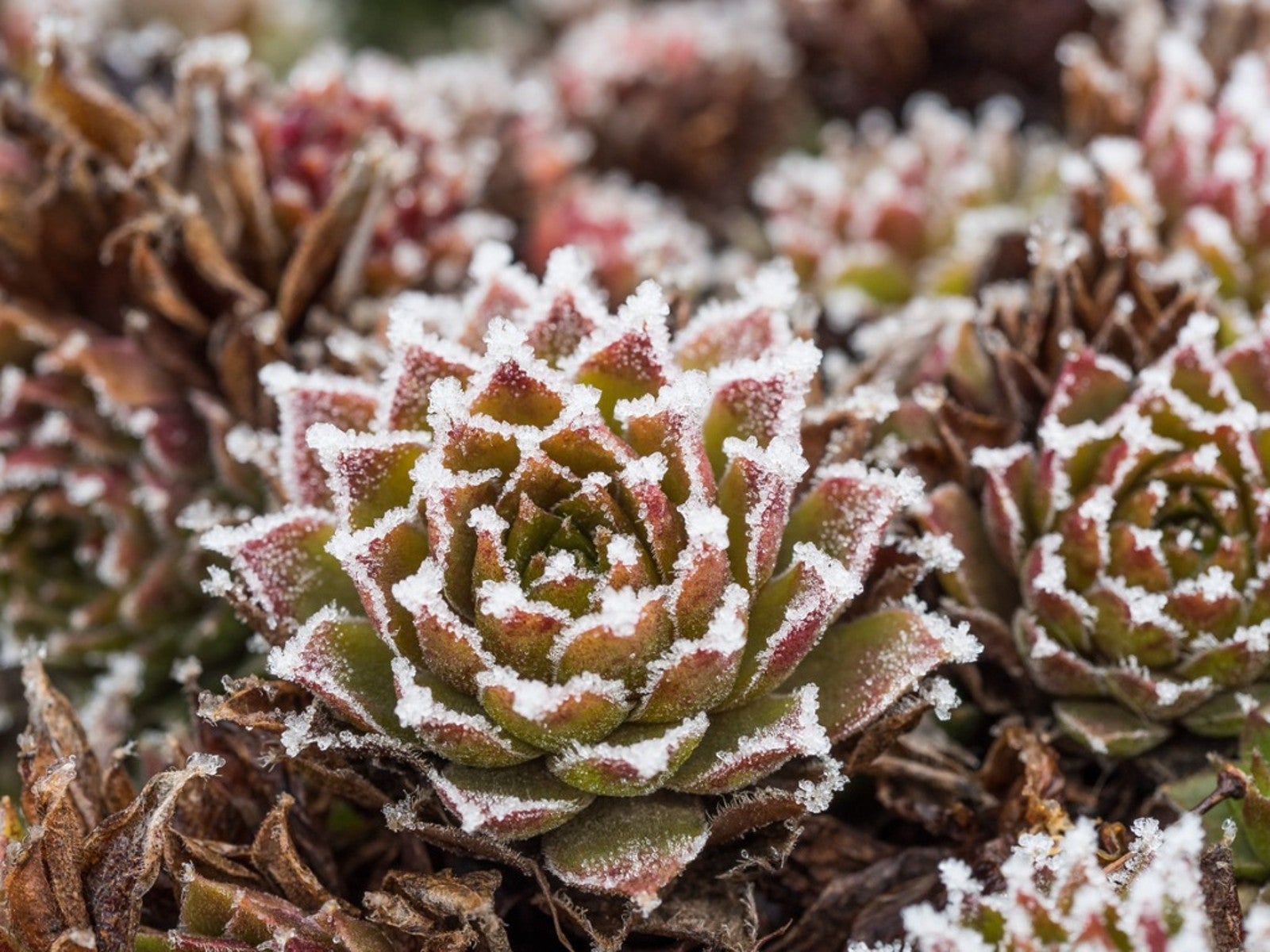 Succulents and Frost: How To Save A Succulent From Frost Or Freeze
Succulents and Frost: How To Save A Succulent From Frost Or FreezeCan succulents withstand cold? Succulents and frost don't traditionally go together and can result in damage, but you may be able to save frozen succulents.
By Bonnie L. Grant
-
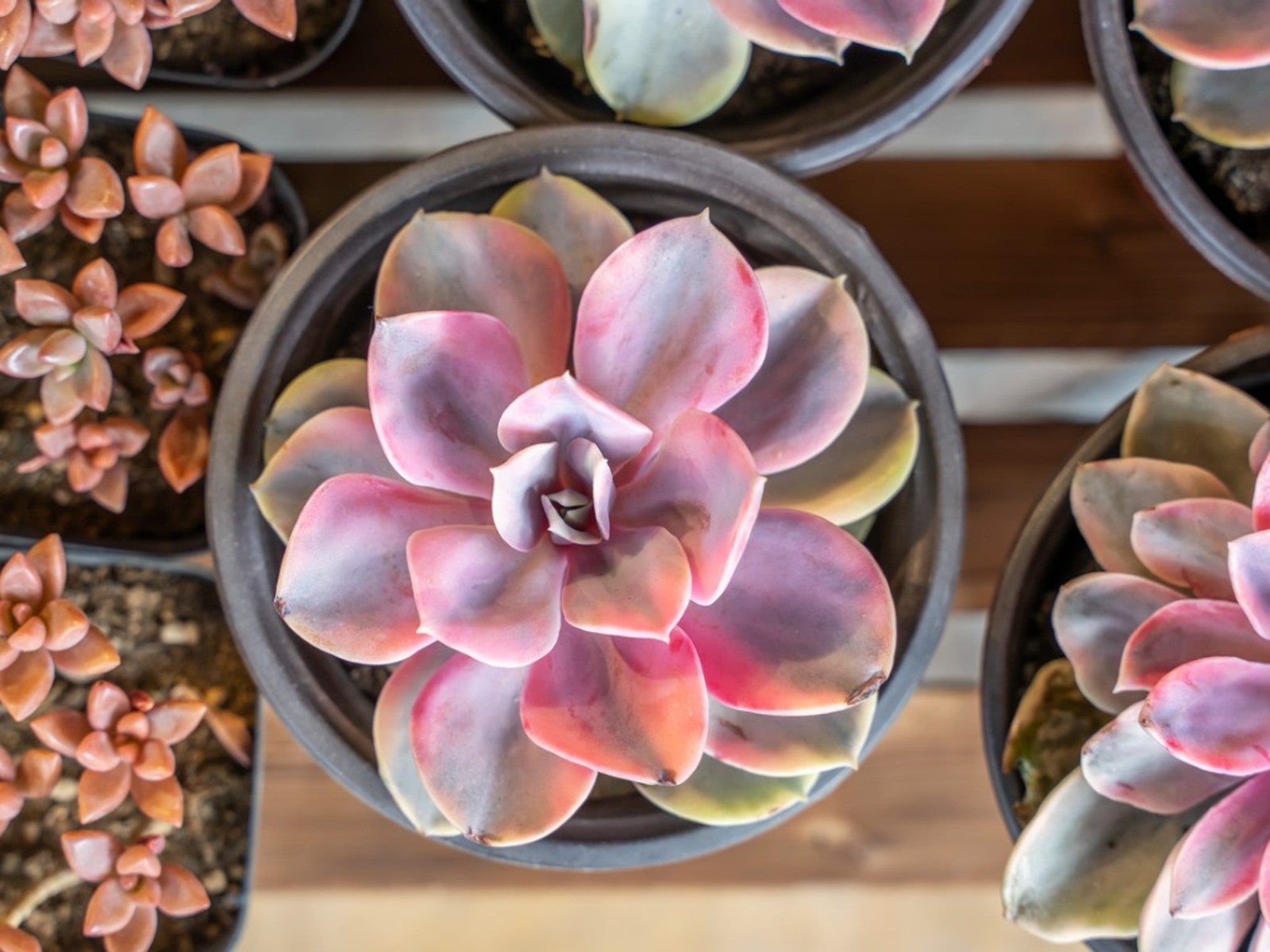 Pink Succulents Varieties To Try: How To Grow Perfect Pink Succulent Plants
Pink Succulents Varieties To Try: How To Grow Perfect Pink Succulent PlantsPink succulents may display the color on leaf edges or with streaks or blotches mingled throughout the foliage. Here are our favorites.
By Becca Badgett
-
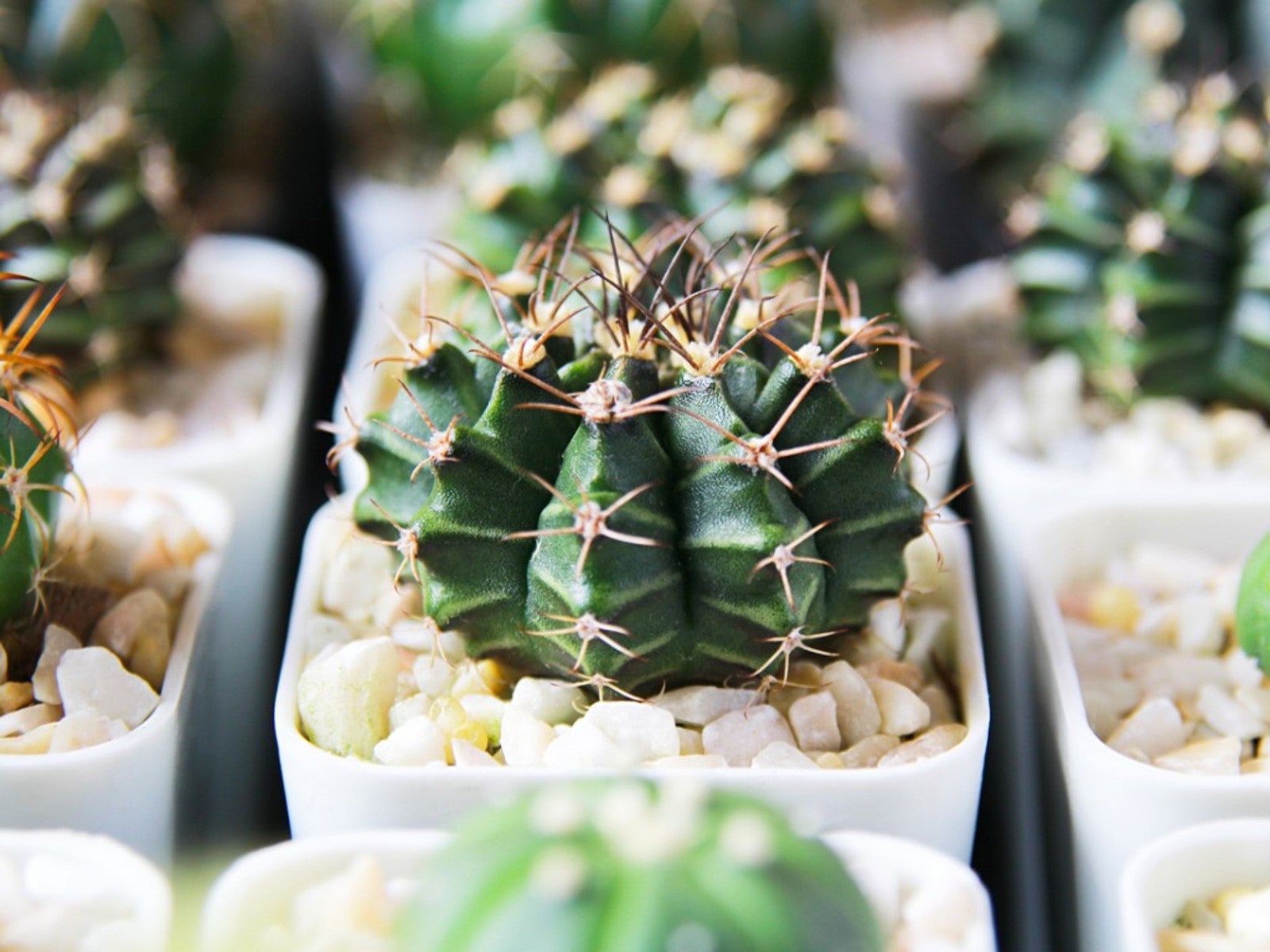 10 No Fuss Cacti - What’s The Best Low Maintenance Cactus
10 No Fuss Cacti - What’s The Best Low Maintenance CactusIf you’re thinking of adding plants to your collection, consider no fuss cacti. Click here for an easy cacti list, even for beginners.
By Becca Badgett
-
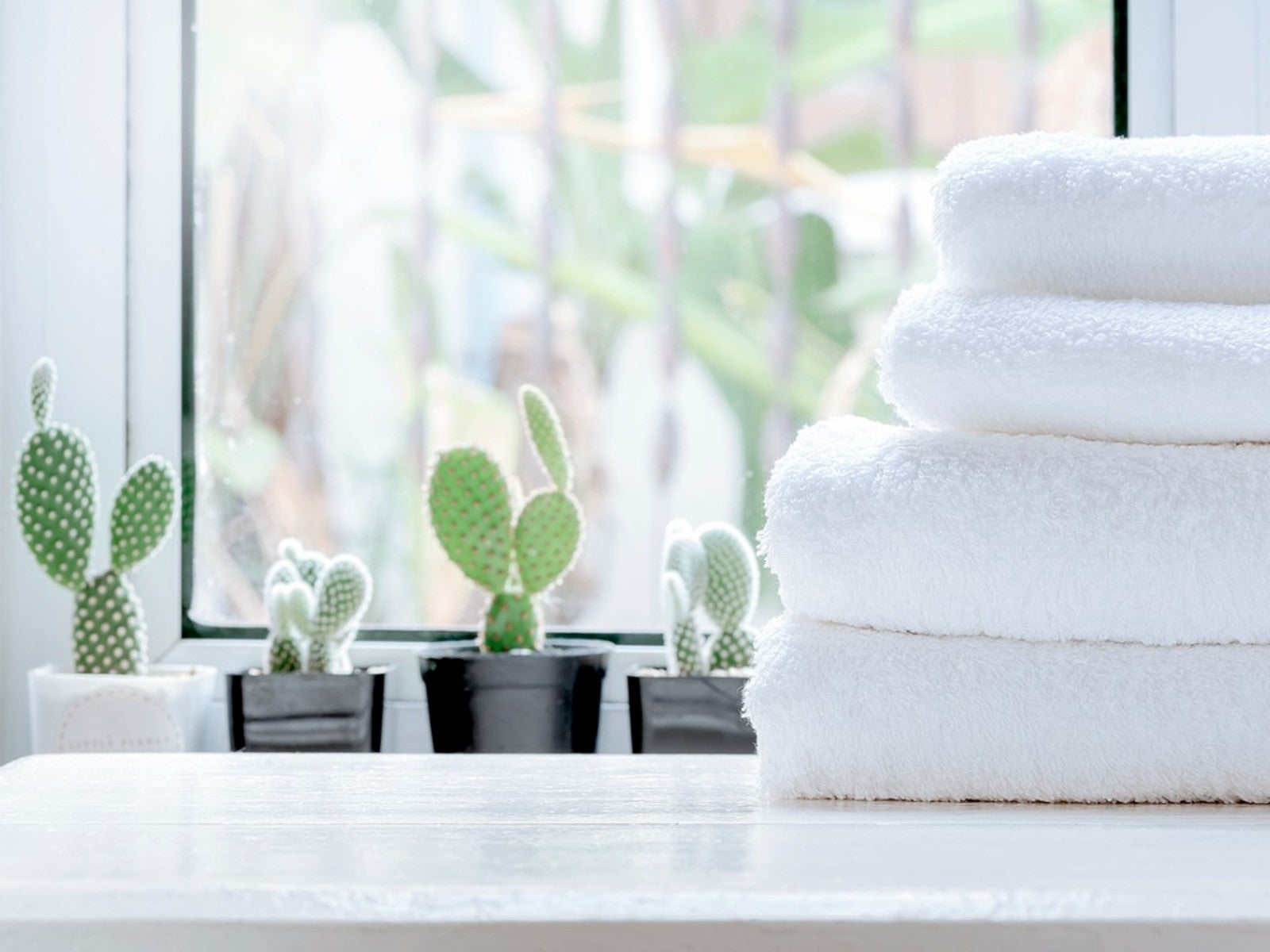 5 Best Succulents For A Bathroom
5 Best Succulents For A BathroomSome succulents can be great options for bathroom decoration. Read on for our top five bathroom succulent ideas.
By Becca Badgett
-
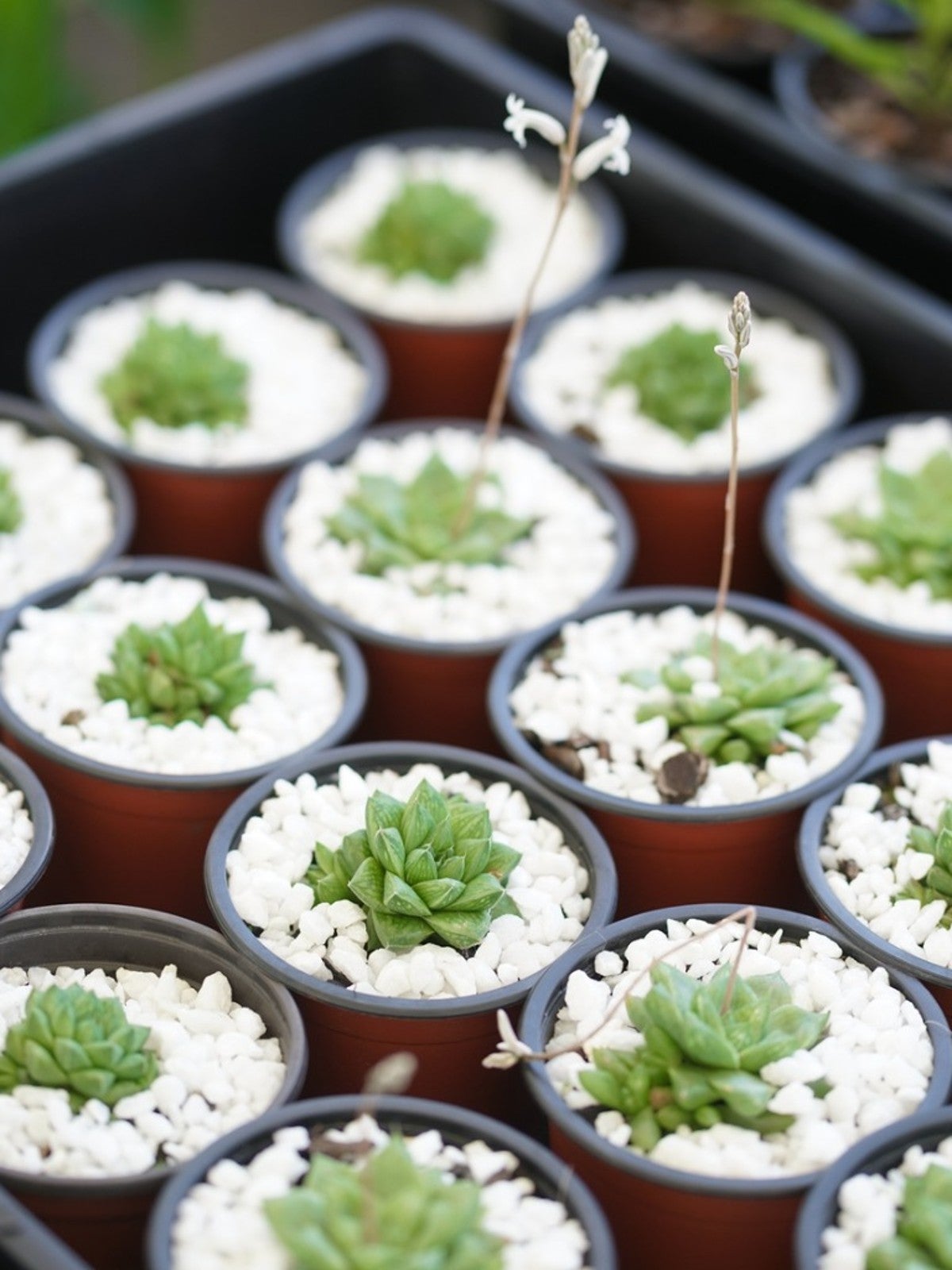 What Is A Succulent Starter Kit - Best Succulent Starter Kits
What Is A Succulent Starter Kit - Best Succulent Starter KitsWhile garden kits are not the most inexpensive option for growing succulents, they do include everything you’ll need. Grow succulents from seed by using a succulent seed starter kit to learn the process and to check your results.
By Becca Badgett
-
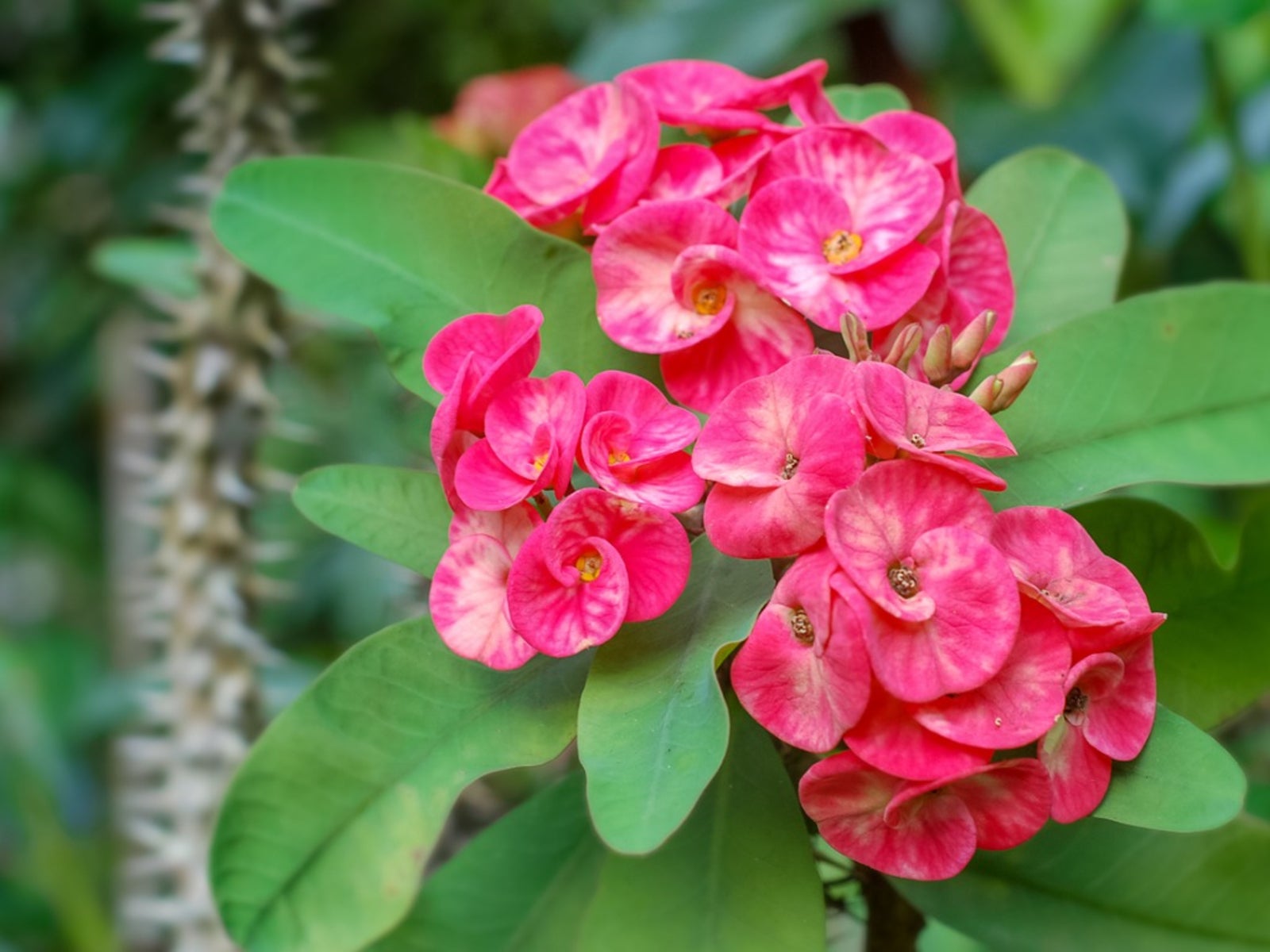 Dazzling Succulents - Succulents With Striking Flowers
Dazzling Succulents - Succulents With Striking FlowersWhen you think of succulents you may just envision their unique leaves and stems. But succulents also produce bright and bold flowers in the right conditions. Read on to learn more.
By Bonnie L. Grant